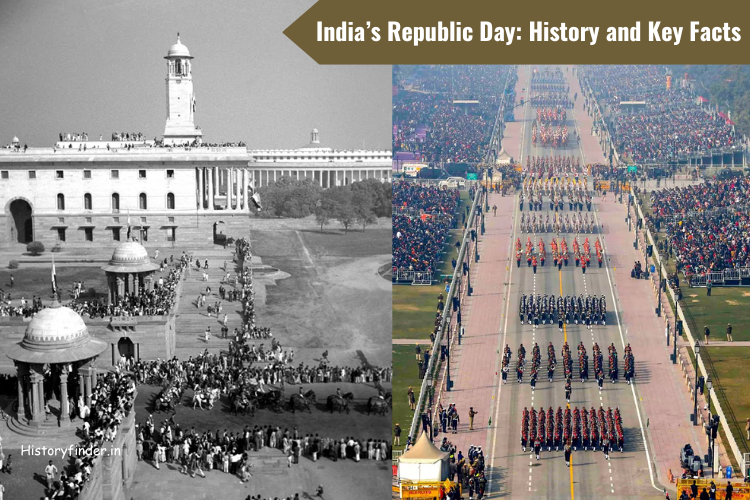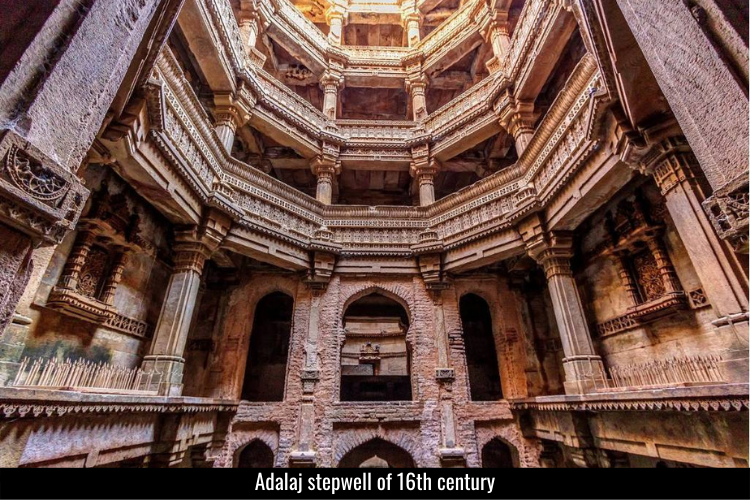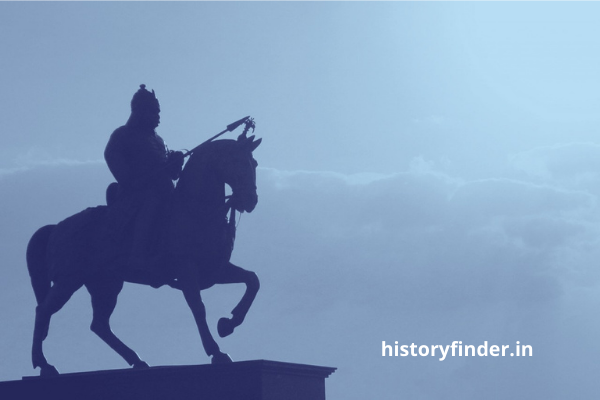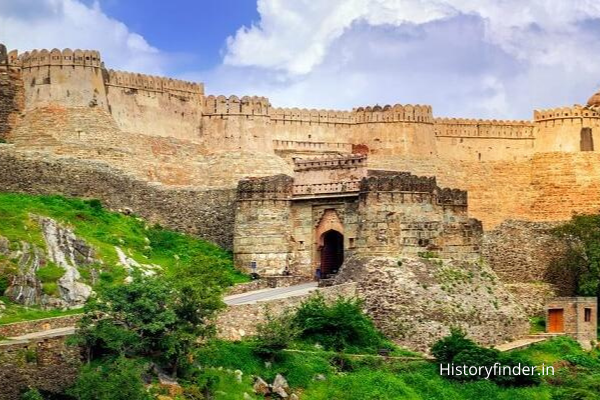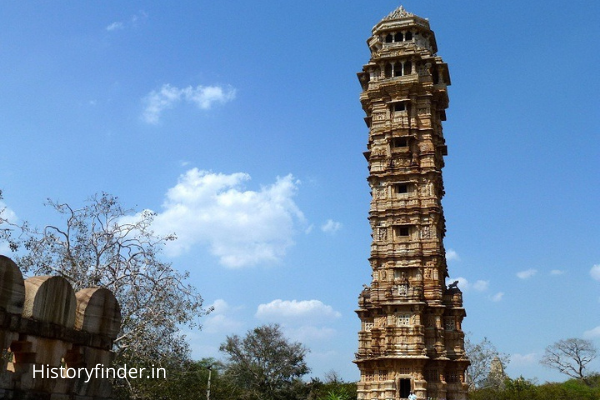Republic Day is one of the most important and memorable days in the history of India. India became a republic nation on the 26th January in 1950, when our Constitution came into effect. India’s Republic Day therfore signifies all its struggles for independence and thereafter establishment of a self governing nation. Our Republic Day also showcases the India’s democratic values, cultural richness and unity in diversity. Therefore, Republic Day has an utmost significance in Indian history, politics and culture.
India’s Republic Day celebrations therefore is always a special event, and happens in every corner of the country. The unfurling of National Flag, National Anthem of India and several cultural programs remains the key feature of the celebration. However, the parade by the Indian Armed Forces personnel, marching along the Kartavya Path is the major attraction of Delhi’s Republic Day celebrations. The epic show on Kartavya Path eclipses everything else happening across the country on this auspicious day.
Indians has just celebrated its 75th Republic Day of India this 26th January of 2024.
History of Republic Day
The transition from an independent nation becoming a republic nation features a remarkable history. Our independence came through the Indian Independence Act of 1947. India became an independent dominion of the British Commonwealth according to an Act of the Parliament of the United Kingdom. George VI still remained head of the constitutional monarchy state of India, along with Earl Mountbatten as the governor-general. The country, yet to have a permanent constitution, had the modified colonial Government of India Act 1935 in effect.
In order to solidify India’s independent democratic government, a permanent constitution had to come in effect as soon as possible. On 29th August 1947, a drafting committee was formed, under the chairmanship of Dr B R Ambhedkar. The committe prepared and submitted the draft constitution to the Constituent Assembly on 4th November 1949. It took about 166 sessions of debate and discussions. Evetually the Constitution of India was signed off on by the 308 members of the assembly. However, the date of 26th January was chosen to honour Indian National Congress proclaiming Purna Swaraj on this day in 1930.
With the inactment of the Constitution of India, the nation became a ‘sovereign socialist secular democratic republic’. The preamble of Indian Constitution also includes the objectives like liberty, justice, fraternity, and equality. Indian citizens got the right and liberty to choose their own government. Dr Rajendra Prasad became the first President of India. The Constituent Assembly became the Parliament of India as well.
First Republic Day of India
The first President of India unfurling the Indian National Flag, with a salute of 21 guns, features a remarkable history of our nation. Thereafter, 26th January became one of Republic India’s three national holidays, celebrated every year.

The 1950 Republic Day parade was held at the former Irwin Ampitheatre opposite the Delhi Red Fort, now the Major Dhyan Chand National Stadium. President Dr Rajendra Prasad inspected the parade, along with Indonesian President Sukarno as the chief guest. More than 3,000 men of the Indian Armed Forces had participated in India’s first Republic Day parade.
How India celebrates Republic Day
The President of India addressing the nation on the Republic Day eve, begins the celebration. Although every institution in India remains closed on the Republic Day, but takes part in the celebrations. Delhi’s Republic Day celebration in front the President of India, is however the largest of all. All Indian states and Union territories also celebrate the day in presense of the Governors and Lieutenant Governors.
New Delhi’s Republic Day celebrations officially close with the Beating Retreat Ceremony on 29th January. The respective bands from the Indian Army, Navy, and Air Force, all perform during the closing ceremony of India’s Republic Day.
